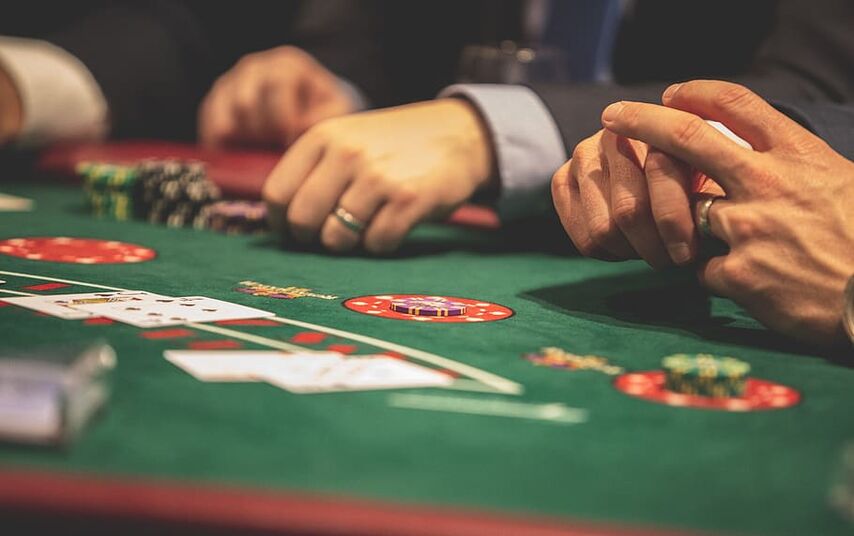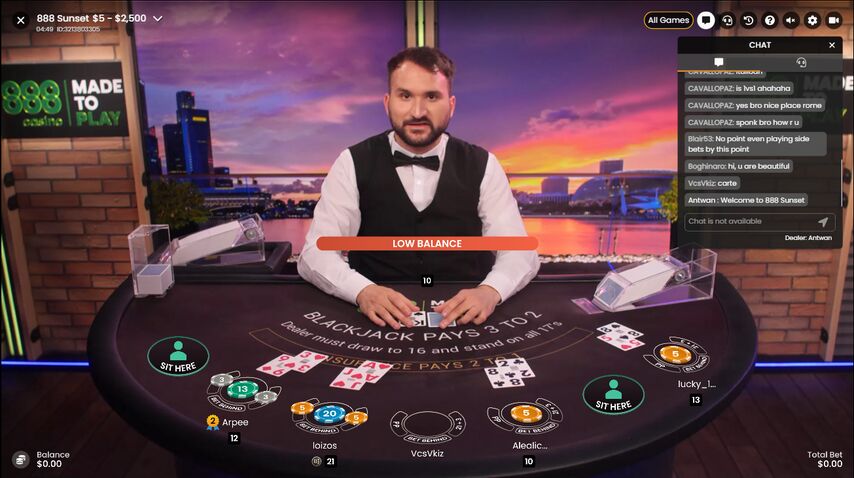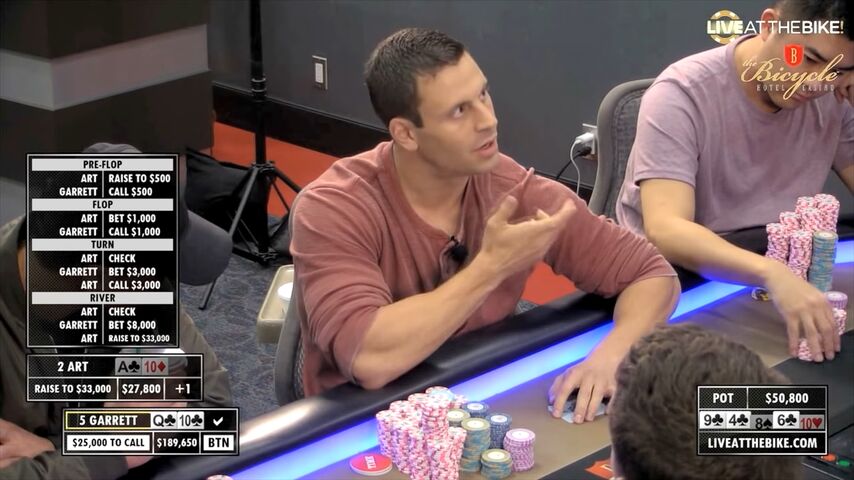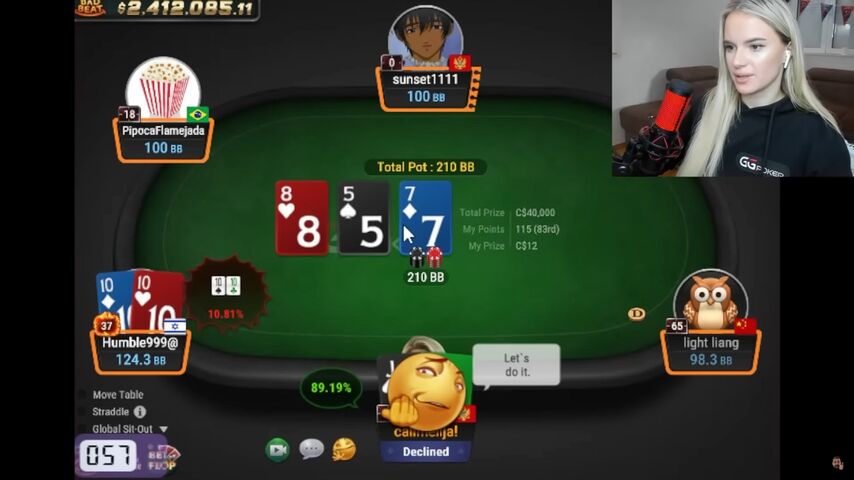Counting cards is a practice that is usually used for blackjack, where skilled players use a system to win more often. Does it work for other card games and what does it mean to count cards in poker? Since poker uses the same decks with 52 cards, can players count cards to gain an advantage?
You can use card counting in poker, but it's not the same system as is used for blackjack. Counting cards is so advantageous for blackjack players that almost all casinos will ban or restrict anyone they suspect of card counting. In poker, you don’t have to worry about that.
This article will define card counting in blackjack and explain how to count cards in poker.

What is Card Counting in Blackjack?
With quick thinking and a solid memory, a blackjack player can assign a value to each card they see. This gives them an approximate idea of the cards that are coming next, so they know when to bet.
Here’s what a card counter does to gain an advantage in blackjack:
To begin, they’ll bet the minimum amount and give each card they see a value:
| Cards | Numerical Value |
|---|---|
| 2, 3, 4, 5, 6 | +1 |
| 7, 8, 9 | -1 |
| 10, Jack, Queen, King, Ace | 0 |
They’ll keep counting until the deck is shuffled. Every time the dealer uses a new deck of shuffled cards, the entire count is reset to zero.

As they continue counting cards, they will bet larger amounts as the count increases. Whenever the “running count” is positive, such as +1, +2, +3, and so on, the player has a higher chance of seeing high cards. In blackjack, higher cards mean the player has a better chance of making a stronger hand than the dealer.
The “true count” is more important than the running count. With multiple decks, the count must be divided by the number of decks in play. Casinos use more decks to make it harder for players to count and gain an advantage.
888poker has some very friendly live blackjack dealers in their 888casino so that you can practice counting online. Some tables have low minimum bets of $1 and the maximum bets are hundreds of dollars. The action progresses at a decent speed, so you’ll have enough time to total the cards and get your running and true count.
It’s also easy to start playing online poker at 888poker, especially with their $88 No Deposit Bonus. Just by registering an account and without visiting the cashier, you can get tournament tickets and cash to use at the tables.
Is it Possible to Count Cards in Poker?
You can count cards in poker, but it’s not the same as in blackjack. In poker, you can count “blockers” to know more about your opponents’ cards.
Here’s a simple example to explain blockers.
Let’s imagine you’re sitting at a table in Las Vegas playing poker against Phil Ivey. You’re at the river and you see 8♥ 5♥ 10♥ K♣ 2♠ on the board. You take a peek at your cards and see that you have A♥ 8♣.
Although you don’t have a complete flush, having the A♥ means that you block Phil Ivey from having the best flush. Using the blocker to the “nut flush” (the best flush), you can sometimes bet or raise, knowing your opponent cannot have an unbeatable hand.

Blockers aren’t just for flushes; they can be used for straights and other hand combinations too. If you have 10♥ 10♣ and the board is showing 5♥ 6♣ 7♥ 8♠ 9♦, you have two blockers to the nut straight (the best possible straight). There’s still a chance that your opponent has a 10, but it’s less likely because of your blockers.
Professional poker players understand the value of blockers and always factor them into their decision-making. You should always think about how the cards you hold affect what your opponent could be holding.
Counting Your Outs in Poker
“Outs” are the cards that give you a winning hand combination in poker. If you are on a diamond flush draw, then any diamond cards are your outs.
You can count these outs and understand how probable it is that you see one of them. For example, if a player is on a flush draw then they have 9 cards that complete their flush. On the flop, having 9 outs gives you a 19.1% chance of hitting your flush on the turn. If you miss it on the turn, you’ve now got a 19.6% chance of hitting the flush on the river.
Here’s an easy rule for calculating the rough probability of hitting your outs:
- When you’re on the flop: Multiply your outs by 4 to find the % you will hit on the turn or the river
- When you’re on the turn: Multiply your outs by 2 to find the % you will hit on the river
If you move all in on GGPoker, your outs will all be displayed beside your hole cards. You’ll also see a percentage showing your equity (chance of winning the hand). It’s nice to know the exact probability of your opponent winning and losing; it also adds to the tension!

GGPoker also allows players to Run it Twice for all-in situations. That means that if you go all-in on the flop with another player, you get to see the turn and river two separate times. This means you can win all of the pot, half of it, or none.
Professional poker players regularly do this to reduce swings and it does not negatively affect either one, since equity remains almost the same. If a player doesn’t hit their outs on the first run, they have almost the same odds on the second run.


















